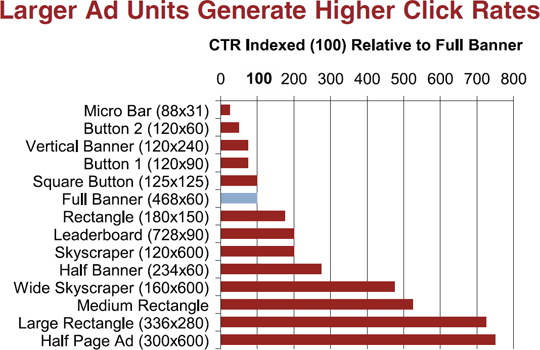Blogs
Niche Pursuits (by Spencer Haws)
I have been following Spencer for years. When I got started with Online Marketing, I was focused on building niche sites; tons of information about that in here. Spencer is the creator of Long Tail Pro and Long Tail University.
Smart Passive Income (by Pat Flynn)
Full of great information, and a great source of inspiration for me.
A bit filled with ads for my taste, but there are some great posts.
Ok, this one won’t win the Oscar for the best design, but Veit delivers great information (with a sense of humor, something to be thankful for these days)
This one is more oriented towards CPA, but there are tips about optimization, landing pages or affiliate marketing in general that are useful for everybody.
A copywriting legend, he has a blog full of useful, interesting and fun content.
Bonus: Seth Godin
This is not an online marketing blog per se, but Seth offers great advice that can be applied to any online business.
Podcasts
There are not many podcasts focused on Internet Marketing, but here are some that I listen regularly:
Again, not only the blog has good content; the podcast is great.
From the creator of Clickfunnels; 257 episodes so far
Not too many episodes (yet), but great interviews

 Follow
Follow